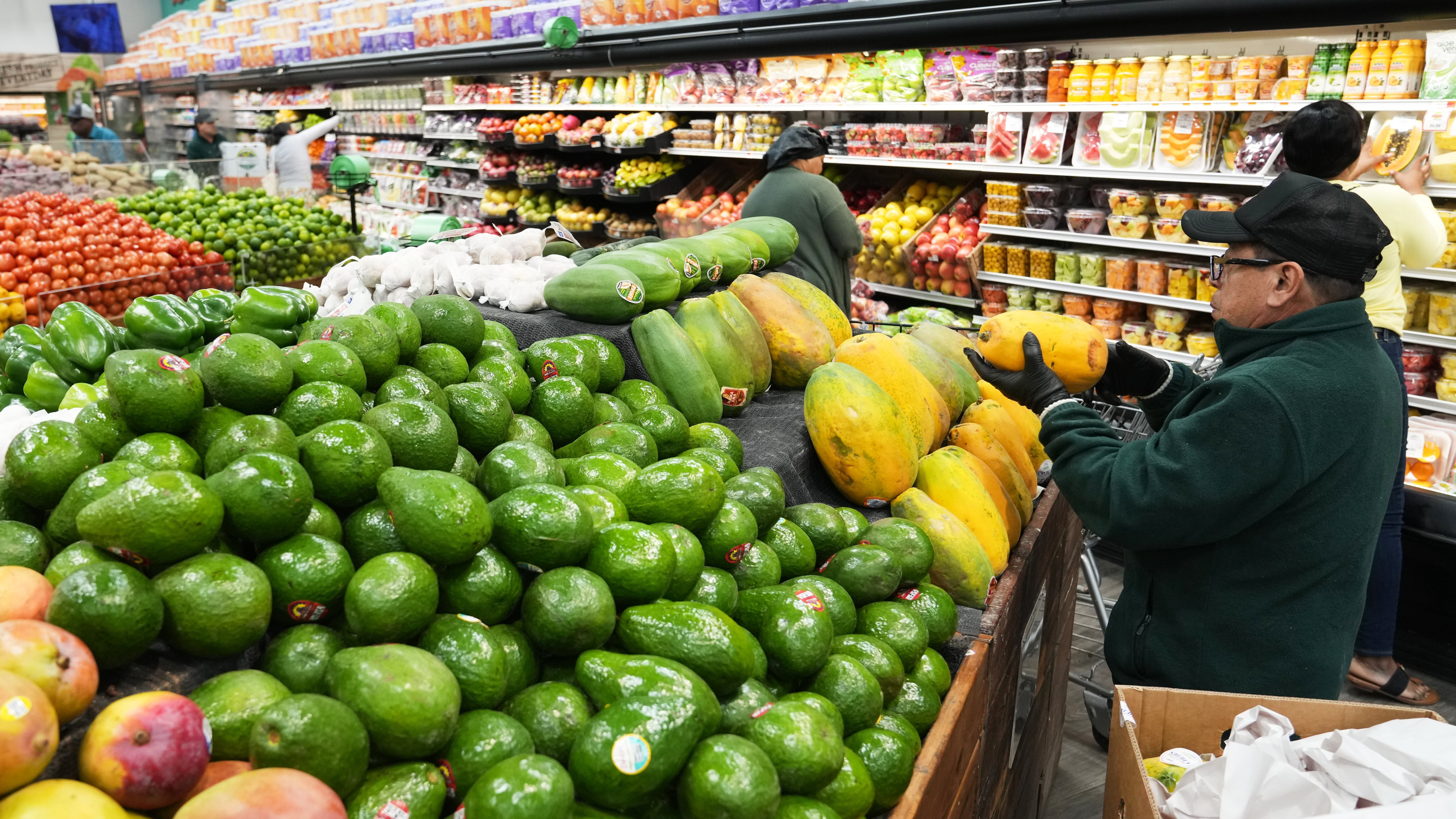This article was published in collaboration with the Daily Trojan’s Spanish Supplement. Si gustas leer este artículo en español, haga clic aquí.
When the government shut down on Oct. 1, it affected many programs and livelihoods, with food assistance delays being one of the most devastating impacts.
It was the longest shutdown recorded in history in the United States, and it finally ended on Nov. 12. It left states struggling to issue benefits because the U.S. Department of Agriculture, which runs the program, told states that it wouldn’t fund benefits for November during the shutdown, according to the Associated Press. The article adds that this caused many households in November to be unsure of how they would afford groceries.
The Supplemental Nutrition Assistance Program, otherwise known as SNAP, aims to support low-income families through monthly monetary benefits to purchase food. These benefits use an electronic system to be transferred through a card, better known as Electronic Benefit Transfer, or EBT.
The New York Times reported that the effects of the shutdown didn’t just delay aid, but struck the trust of those who depended on SNAP, creating anxiety surrounding the program and doubt in the federal government’s ability to protect vulnerable communities that depend on it.
That anxiety resonates with me personally.
Coming from a Mexican and Salvadoran household, I grew up understanding the value of making meals that were filling, nutritious, and could stretch across several days. My parents often worked long hours to feed two little mouths. I’ve had my fair share of affordable meals, including some of the cheapest foods to live on, like rice and beans. We used these staples because they were affordable, nutritious, and filling.
Additionally, The New York Times article made claims that the president used government services as political leverage and left many families unsure of when they’d receive help.
Latine cultural dishes aren’t just survival foods; they’re also intertwined with heritage.
The History
Cultural dishes like the ones I grew up eating reminded me that resilience is part of our heritage.
During this time of financial struggle, people are forced to improvise.
They can rely on Latin foods. They help people keep their bellies full on a budget without sacrificing flavor or cultural connection.
There were so many times when basic ingredients fed me at night, and these recipes almost comfort me in that sense. They remind me of moments when, even during tough times, my family could turn a few ingredients into something delicious, and I could happily go to sleep with a non-rumbling stomach. One of the great advantages of Latin food is its versatility, which allows the same basic ingredients to be adapted and reinvented in a variety of dishes.
One of the many strengths of the foods of Latin foods is their overlap, allowing the same core ingredients to be stretched and reinvented in multiple meals.
For starters, if comparing costs of a pound-bag of pinto beans at any major grocery store like Ralph’s, Walmart or Vallarta Supermarkets, the price averages to about $1.35, and a two-pound bag of rice on average can cost around $3.09.
This is a meal that can last a few days and feel filling.

The Beans
Beans provide the nutritious value of fiber, and rice is rich in carbohydrates. As a child, my grandma’s rice and beans were the best meal to come home to after a long day of school. With the added ingredients of two tomatoes, one onion, and a few cloves of garlic, here’s how she made the dish. This is a time-consuming process, but it’s worth it;
- If you’re looking to have leftovers, use the entire bag of beans. Personally, my favorite version uses red kidney beans. In a large stock pot, fill it ¾ of the way with water. Once it’s boiling, chop up the tomatoes, onion and garlic cloves and throw them in.
- Let it continue to boil and pour the beans in. After 10 minutes, add your preferred seasonings. My grandma likes to use two Knorr beef-flavored bouillon cubes.
- Turn the heat down and allow the pot to simmer for three hours, continuously stirring the beans. Add water if necessary.
The Rice
As for the rice, the general ratio is two cups of water to one cup of rice. There are variations of rice that can be cooked, but this is for plain white rice:
- Rinse the rice under water until it runs clear is optional, but it’s recommended to remove excess starch. Place the rice in a saucepan that has a tight-fitting lid. Then follow the water ratio for rice used.
- Bring the water to a boil over medium-high heat and toss in a pinch of salt. Stir the rice so it doesn’t stick to the pan. Top the pan with its lid and turn the heat down to let it simmer and trap the steam.
- Cooking time varies, but typically, after about 10 minutes, remove the pan from the heat and let it cool. The rice should be ready.
Combine these two ingredients to make a hot bowl of rice and bean soup, with the option of topping it off with some fresh cheese.
During times where the priority is survival, traditional meals like these can remind us to find comfort and joy in simple things.
